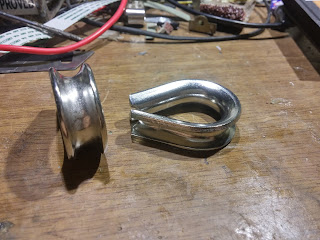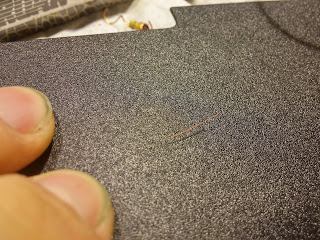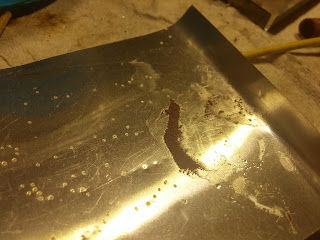Making a quick and dirty adjustable PSU.

An adjustable PSU is easily one of the most important pieces of equipment in any electronics related workshop. It just so happens that I don't have a functional PSU and without one not much is possible. So I sat down at my messy workbench and decided to take a crappy old adjustable PSU that I had made long ago and improve it by quite a margin. The crappy little PSU consists of a small linear transformer arrangement from a TV where it served as a stand-by power supply, I just added a LM317T to it. The PSU was crappy because it could only output very low current, 200mA max if I remember right. To put that into perspective it could barely just about blow up an LED, that's how weak it was. This "feature", let's call it, was often used for charging lithium batteries. Of course I need more power and I need it now so I gathered some scraps from other failed projects to upgrade the crappy PSU at hand. I had a laptop power brick that I modified to work at 24V that I would ...




